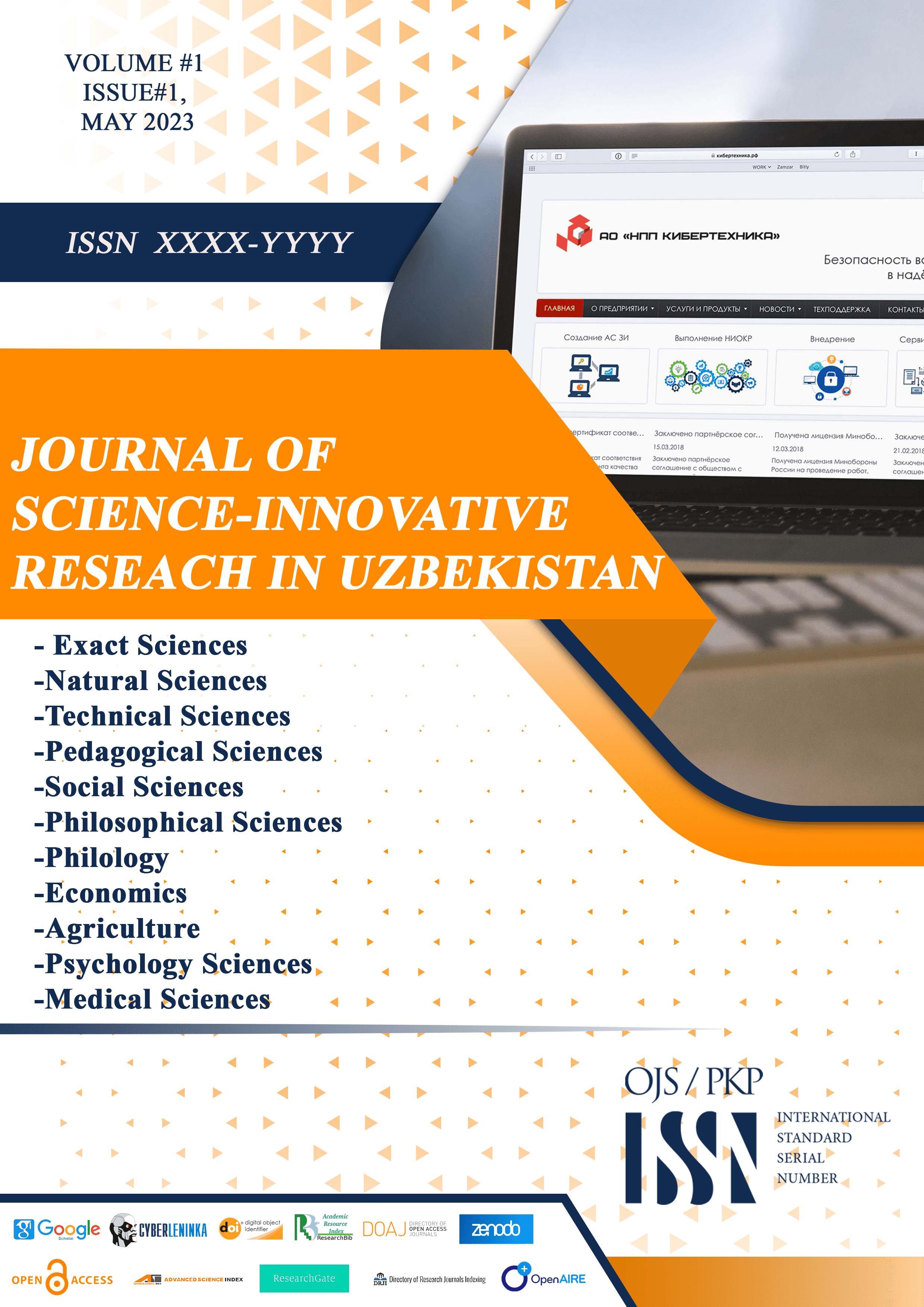Abstract
This article examines the pivotal role of innovative teaching methods in modern education. It argues that traditional approaches are increasingly being complemented by interactive, student-centered methods that enhance engagement, foster critical thinking, and equip learners with 21st-century skills. The article explores various innovative techniques, including gamification, project-based learning, flipped classrooms, virtual reality, and blended learning, highlighting their benefits and challenges. It concludes that embracing innovative approaches is crucial for unlocking student potential, fostering a love for learning, and preparing learners for a future that demands adaptability, creativity, and critical thinking, innovative teaching methods", "educational technology", "technology
References
1. Creative in the E and D (Technical report N30) (1978).
2. Нафиева А.Г. Креативная компетентность педагога: теоретический аспект.
3. Молодежь и наука: реальность и будущее: Материалы III Международной научнопрактической конференции. – Невинномысск: НИЭУП, 2010. Том I: Культурология. Педагогика. – C. 315.
4. Соловьева О.В., Халилова Л.А. Креативность в структуре педагогического мышления будущих преподавателей высшей школы.
5. Прикладная психология и психоанализ: электронный научный журнал. 2010. №2. URL: http://ppip.idnk.ru

This work is licensed under a Creative Commons Attribution 4.0 International License.

